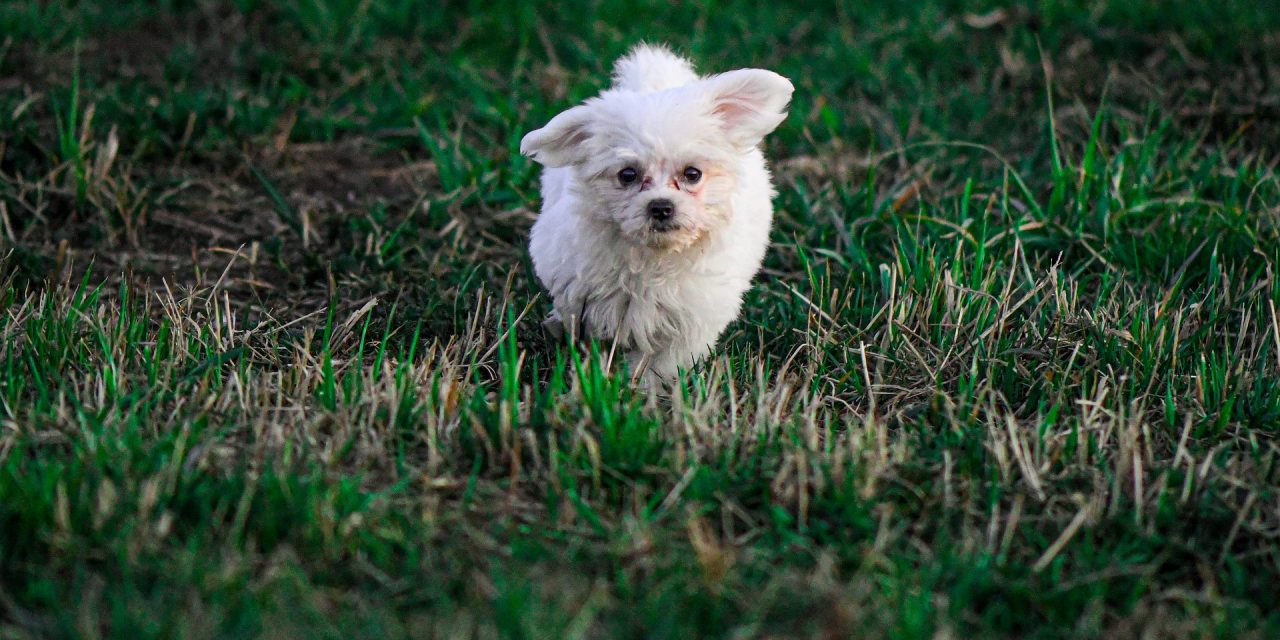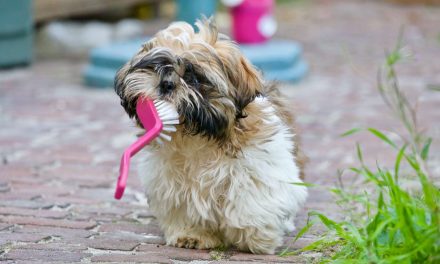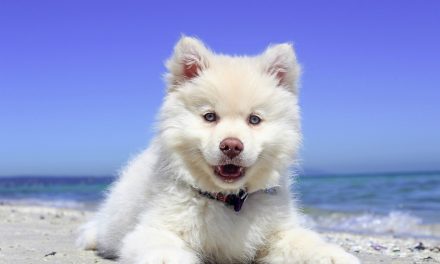- Home
- /
- Blog posts
- /
- Exercising Your Puppy
What to expect from our article
Choose a puppy that is right for you
You need to make sure when choosing a puppy that it fits in with your lifestyle. If you want the puppy to be able to go hiking or running, eventually, it’s no good buying a lap dog who wants to sleep all day. What is the point in having a dog if you can’t spend time doing activities with them as they end up being left behind?
Ensure the energy level of the dog matches yours; high energy dogs need lots and lots of exercise, so you need to make sure that you can dedicate the time to taking your dog out on walks. Not exercising your dog can be just as harmful as too much exercise.
Bored dogs will find a way to entertain themselves, which usually involves chewing everything in sight, including that brand new pair of designer shoes. Dogs become destructive when they are bored, a bored dog is one thing, but a bored dog without a way of getting rid of that built-up energy is like having a mini Tasmanian devil about the place, absolute carnage!
Vaccinations
Before you can take your new puppy out on a walk, he/she will need to have their vaccinations. There will be two sets of injections given to your puppy, the first is usually given at around 6-9 weeks old, and the second is given around two to four weeks after that.
You must stick to the timing of the vaccinations; if you don’t, they will need to be repeated, and that means losing out on valuable socialisation time. You can carry your puppy around with you, but you should not let your puppy walk around on the floor outside or interact with other dogs without getting them vaccinated.
Another vaccine is recommended for your puppy; it is to protect it from getting kennel cough. If you ever wanted to put them in kennels, they should have that one too. It is safe to take your puppy out on its first walk from around 10 to 14 days after the second vaccination.
Your puppy will usually require a booster vaccination at around 6-12 months old.
Why does my puppy need to be vaccinated?
Your puppy will need to be vaccinated to protect it from harmful diseases like
- Distemper
- Parvovirus
- Parainfluenza
- Kennel cough
- Leptospirosis
Once your puppy has had all the necessary vaccinations, you will want to be able to take him/her out for walks; knowing how often and when to take your new puppy for a walk is essential.
Exercising your puppy is essential not only for your puppy’s general health but also for the health of their growing bones, socialising, and his/her well being. Too much exercise can also be detrimental to their developing bones, so it is important not to over-exercise your new puppy.
Puppy injuries
There are some things that a puppy should never be encouraged to do; one of those is jumping. Jumping can not only cause stress on the developing hip and elbow joints; it can also cause other injuries too.
Puppies are prone to cruciate ligament injuries, and fixing this type of damage can be very expensive. It is also a good idea to have your puppy insured to help towards the cost of any accidents or injuries.
Walking your puppy in hot weather should be avoided; it is easy for a puppy to become overheated or suffer from heatstroke while out on a walk; both can have devastating consequences.
How do you know if it is too hot?
The rule of thumb is, If it is too hot for you, it is too hot for them. Imagine being so hot you are sweating and panting to try to cool down, then imagine putting on a tremendous oversized fur coat, and that’s essentially what it feels like for your dog to be out walking during hot weather.
It is not only the heat, in general, that’s a problem for dogs, but the sun also heats everything it touches, including the floor; this is a huge problem for dogs as, unlike us, dogs don’t wear shoes on their feet to protect them from the heat.
Walking your dog on a hot floor can cause severe burns to their pads. There is an easy way to tell if the floor is too hot for your dog to walk on; that’s by putting the back of your hand on the floor for five seconds. If you cannot keep your hand on the floor without it burning, it is too hot to walk your dog.
You should try to walk your dog during the cooler parts of the day, like early in the morning or late in the evening. You should never walk your dog mid-afternoon, as this is usually the hottest time of the day.
Remember to take fresh drinking water on your walks; allowing your dog to drink standing water or river water can make them sick.
Short walks
Very short walks are recommended for your puppy with a maximum of ten minutes each day. Your puppy will tire quickly, just like toddlers; they get tired, and so do puppies. Even though you know a puppy is tired, he/she won’t know it, which can lead to some unruly behavior.
For the first few months, your puppy will be getting most of the necessary exercise from playing and running around. They may require minimal exercise in the form of walking. Going for a walk is far more beneficial to them in terms of socialisation and learning all the outside world’s sights and sounds than the actual trek itself.
Introducing a puppy to these sounds in the early days will help build character and self-esteem; you do not want a dog that is scared of its own shadow. It is very stressful not only for the dog but for you too. Walks will not be pleasurable if you cannot walk your dog.
Over-exercising your puppy
Over-exercising your puppy while it is still growing is not a good thing to do. A puppy’s skeletal structure is still forming and growing until they reach around 18 months of age. Until this age, or even a bit later, the bones are still not strong enough to cope with the extra stress caused by too much exercise.
You should also never let a puppy jump from a height like a sofa or the stairs; while they are young, their bones are still developing, so you risk causing lifelong injuries.
What do I need to take my puppy for a walk?
You will need a collar – your new puppy’s collar needs to have an identity tag with their name and contact information on it—a lead or harness.
Poo bags, no self-respecting dog owner will take their dog for a walk without taking poo bags, and not cleaning up after your dog is irresponsible.
Taking your puppy for a walk might not be as straightforward as you think. A collar and a lead can be scary to a puppy. You may have to do some reward training with him/her to introduce it to them and accept wearing it.
Once you have successfully introduced them to wearing the collar and lead, the next step is teaching them how to walk on it. A puppy will want to sniff and explore; they may not like having something tied around their neck and pulling them back, especially if you have a stubborn puppy.
Remember to keep training methods fun and enjoyable for the puppy; treat it like a game. Do not scold your puppy when trying to introduce them, or they could become frightened of the collar and lead altogether, which can make walks stressful instead of enjoyable.
Exercising an adult dog
Generally, an adult dog will require around 45-60 mins of exercise per day; some dogs are lazier than others and may require even less. An indication of your dog’s energy level will be if they lay down midway through a walk and refuse to move, which they can and will do. If your dog does do this, try to split your allocated exercise time between 2-3 walks per day instead of all at once.
Exercising an adult dog doesn’t have to be limited to walking. Here are some other forms of exercise you can do with your adult dog;
- Running
- Swimming
- Agility
- Hiking
All of the above are great forms of exercise for your adult dog, especially if they are high energy dogs. If you have a small breed dog or a flat-nosed breed like a bulldog, they will not be able to do all of the above activities. Medium and large breed dogs should be able to take part in all of them quite happily.











Trackbacks/Pingbacks